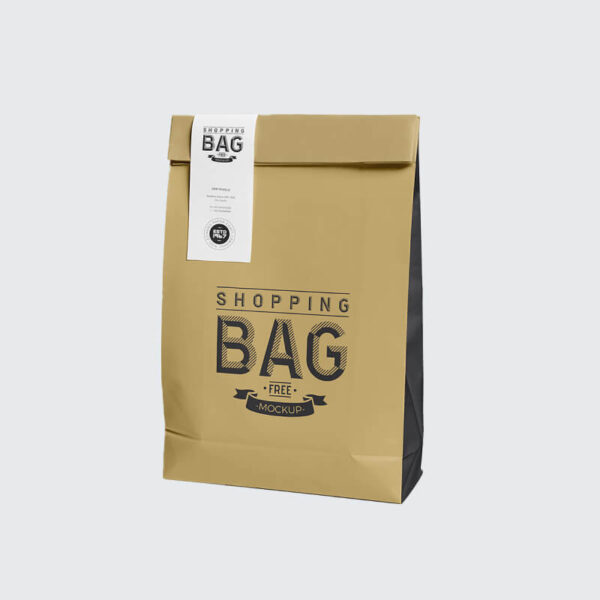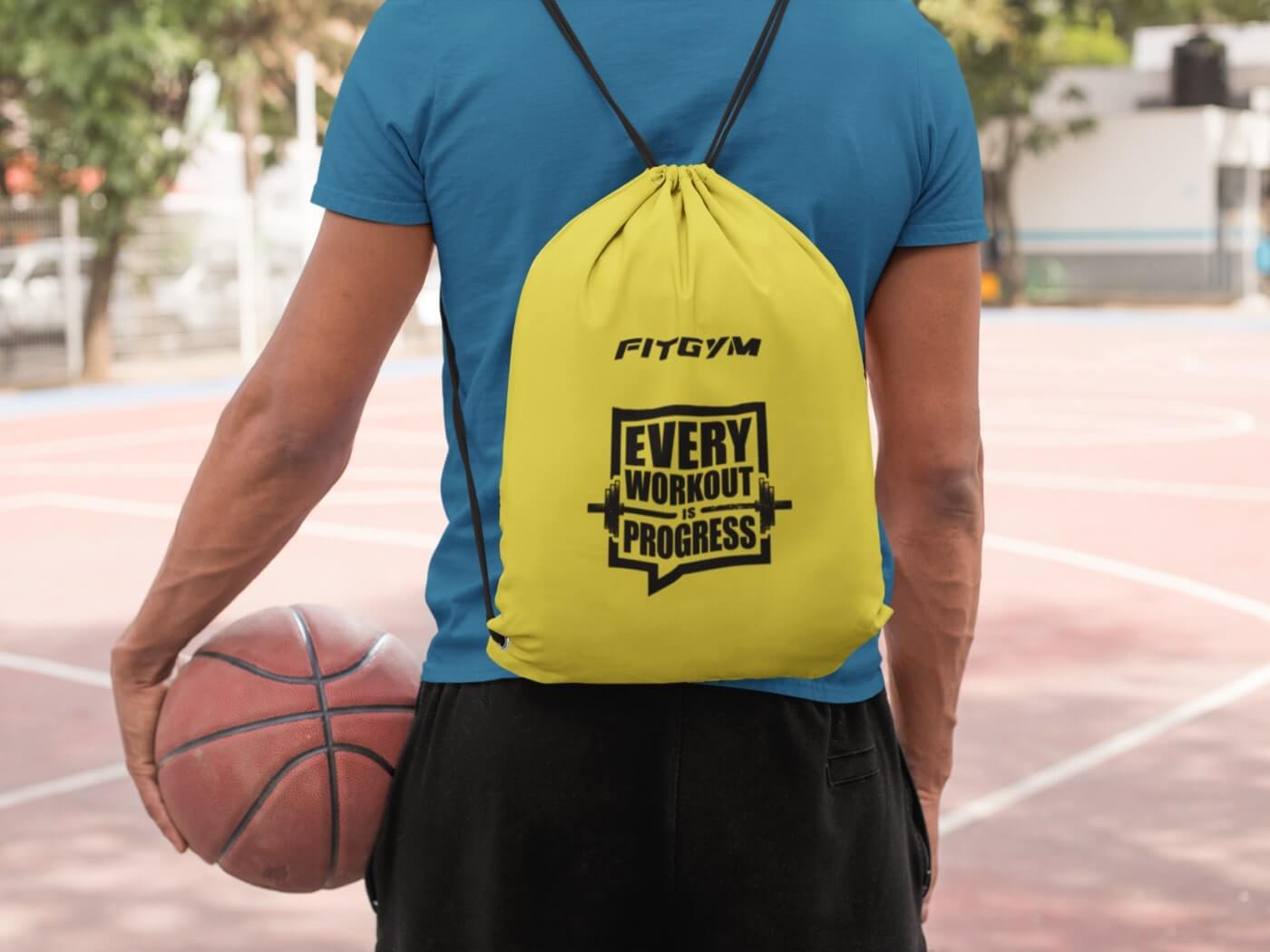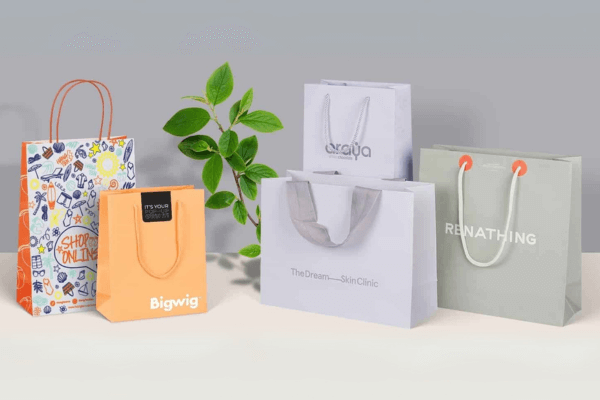Ethical manufacturing for bags demands fair wages, safe work conditions, sustainable materials, and supply chain transparency—qualities often obscured by big brands.

The allure of a trendy, affordable handbag is powerful. Big brands spend millions to convince you that their latest design is a must-have, often at a price that seems too good to be true. The reality is, it usually is. Behind the glossy marketing and impossibly low prices lies a complex and often troubling story of compromised quality, environmental shortcuts, and a human cost that is rarely factored into the final price tag. Understanding this hidden narrative is the first step toward making a more conscious and ultimately more satisfying purchase.

The Mass Production Mirage: Unpacking the True Cost of a “Bargain” Bag
The fast fashion model has conditioned consumers to expect constant newness at disposable prices. This cycle, however, is built on a foundation of cutting corners. Mass-produced bags are designed for a season, not a lifetime. The goal isn’t longevity but rapid turnover, encouraging you to discard and replace. This business model relies on a significant disconnect between the perceived value of an item and its actual quality and production cost.

These hidden costs are extensive. Socially, they include suppressed wages and poor working conditions for garment workers. Environmentally, they manifest as pollution from cheap dyes and tanning agents, and overflowing landfills filled with discarded, non-biodegradable accessories. The “bargain” is an illusion; the true cost is simply outsourced to the environment and to vulnerable communities, far from the view of the end consumer.
What Are the Secrets Hidden in the Seams?
When you look closely at a mass-produced bag, the compromises become apparent. But the most significant issues are the ones you cannot see—the choices made regarding labor, materials, and environmental responsibility long before the product ever reached a shelf.
The Human Element: Who Really Makes Your Bag?
The most significant untold story is about the people. To achieve rock-bottom prices, large-scale manufacturing operations often rely on complex, opaque supply chains where labor exploitation can thrive. Workers may face unfairly low wages that don’t meet living standards, long hours in unsafe environments, and a lack of basic rights. The pressure to produce vast quantities at high speed prioritizes output over human welfare.
In stark contrast, true artisan craftsmanship places value on the maker. When a bag is made by a skilled artisan, their expertise is the product’s greatest asset. This model fosters a respectful relationship where fair compensation is integral to the process. At Beldura Leather, our pieces are brought to life by dedicated craftspeople who pour years of skill into every cut, stitch, and finish, ensuring their work is valued and their craft is honored.
Material Misdirection: Is Your “Leather” Bag What It Seems?
The term “leather” is often used as a blanket description, but the differences in quality are immense. Big brands frequently use inferior materials to cut costs while leveraging the positive association of the word leather.
- Bonded Leather: This is the lowest quality, made from leather dust and scraps glued together with polyurethane. It lacks durability and peels over time.
- “Genuine” Leather: While technically real leather, this term is a marketing sleight of hand. It refers to the lowest-quality layers of the hide, often sanded and treated to hide imperfections. It does not age well.
- Vegan Leather: Though it sounds eco-friendly, most “vegan leather” is simply plastic—polyurethane (PU) or polyvinyl chloride (PVC). Its production is fossil-fuel-intensive, and it does not biodegrade.
The gold standard is Full-Grain Leather. This is the highest quality grade, derived from the top layer of the hide, retaining its natural grain and imperfections. It is incredibly strong and durable, developing a beautiful, rich patina over time. By choosing full-grain leather, you are investing in a material that is designed by nature to last a lifetime, directly opposing the throwaway culture of fast fashion.
The Environmental Footprint of Fast Fashion
Mass production is inherently wasteful. Factories produce enormous batches based on trend forecasts, leading to massive amounts of unsold inventory that often ends up incinerated or in landfills. The production processes themselves are also damaging. Chrome tanning, the fastest and cheapest method to process leather, uses a cocktail of toxic chemicals, including chromium sulfate. Runoff from these tanneries can severely pollute local water sources, harming ecosystems and communities.
A more responsible alternative is vegetable tanning, an ancient method that uses natural tannins from bark and plant matter. While slower, it is a far cleaner process. Furthermore, the made-to-order model, common in custom craftsmanship, eliminates overproduction entirely. Each item is created for a specific owner, ensuring resources are used purposefully and waste is minimized.
How Can You Choose a Truly Ethical Custom Bag?
Navigating the market to find a genuinely ethical product requires a shift in mindset. Instead of being a passive consumer, you become an active investigator, focusing on transparency, craftsmanship, and longevity.
Scrutinize the Source: The Power of Transparency
An ethical brand is not afraid to tell you its story. Look for clear information about where and how its products are made. Ask questions: Where do you source your materials? Can you tell me about the people who make your bags? Who are your artisans? Brands that are proud of their process will be happy to share these details. A lack of information is often a red flag, suggesting there is something to hide in the supply chain.
Prioritize Craftsmanship Over a Logo
True value lies in the quality of construction, not the prominence of a logo. A handmade bag carries the mark of its creator. Look for details like hand-stitching, burnished edges, and thoughtfully placed hardware. These are signs of a product built with care and attention. The beauty of a custom, artisan-made bag from Beldura Leather is that it is unique to you. The made-to-order process not only reduces waste but also creates a personal connection between you, the artisan, and the final product—a connection mass production can never replicate.
Invest in Longevity, Not Transience
The most sustainable choice is to buy less but buy better. Consider the “cost per wear.” A cheap bag that falls apart after one season is far more expensive in the long run than a well-made bag that lasts for decades. Investing in a timeless piece made from high-quality materials like full-grain leather is an act of sustainability. It is a commitment to a product that will not only endure but will also grow more beautiful and full of character with age.
A Comparison: The Big Brand Bag vs. The Artisan Custom Bag
The differences become crystal clear when you place the two models side-by-side. The choice is not just about the product itself, but the entire system you choose to support.
| Feature | Big Brand Mass Production | Artisan Custom (Beldura Leather) |
|---|---|---|
| Materials | Often uses “Genuine Leather,” bonded leather, or plastic-based “vegan leather.” | Exclusively uses high-quality Full-Grain Leather for maximum durability and beauty. |
| Labor | Opaque supply chains with a high risk of unfair wages and poor conditions. | Direct relationship with skilled artisans who are fairly compensated for their craft. |
| Durability | Designed for short-term trends; prone to peeling, cracking, and hardware failure. | Built to last a lifetime, developing a rich patina and character over years of use. |
| Waste | High levels of waste from overproduction and unsold inventory. | Minimal waste through a made-to-order model; each piece is crafted for a specific client. |
| Transparency | Often non-existent. “Made in” labels can be misleading about the full supply chain. | Clear and proud of the process, materials, and the artisans behind the work. |
| Customization | None. One-size-fits-all approach driven by mass trends. | Core to the experience, allowing for a unique product tailored to individual needs. |
Why Does Choosing an Ethical Bag Matter?
Your purchasing power is a powerful tool for change. Every time you choose an ethically made, artisan-crafted product, you are casting a vote for a different kind of economy—one built on respect, quality, and sustainability. It is a declaration that you value the well-being of the person who made your product and the health of the planet we all share.
Moving away from the disposability of mass-market goods toward items of enduring value is more than just a style choice. It is a commitment to a more thoughtful and responsible way of living. It is about owning fewer, better things and cherishing the story, skill, and integrity woven into every seam.



